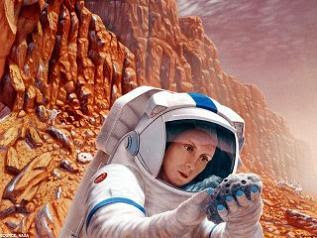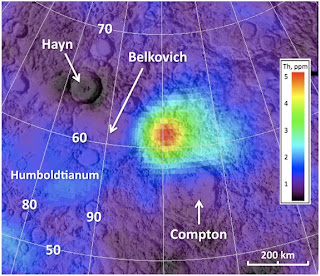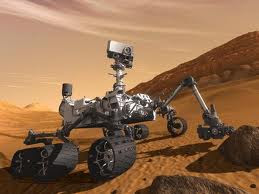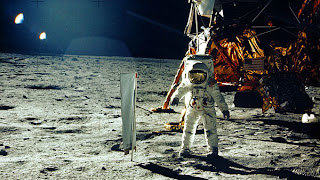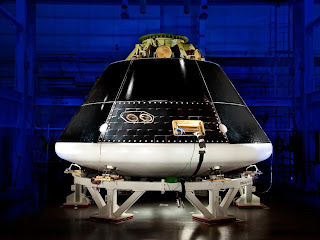
Each summer skywatchers all over the world look forward to observing the annual mid-August performance of the Perseid meteors, but often overlook some of the lesser showers that peak in the days leading up to the main event.
This year, sadly, the full moon will seriously hamper the 2011 Perseid meteor shower. But this week, the moon is a thin waning crescent and will arrive at new phase on Saturday, leaving the sky dark and moonless from dusk to dawn.
This makes it a great opportunity to enjoy two displays of "shooting stars" that will be active and near their peak this weekend, which can provide some entertaining viewing: the Delta Aquarids and the Alpha Capricornids.
How to watch
The actual number of meteors an observer can see in an hour depends strongly on sky conditions. The rates that we quote here are based on your having a really good, dark sky, having some experience in meteor observing and the assumption that you have the radiant of that particular shower directly overhead.
Read More
This year, sadly, the full moon will seriously hamper the 2011 Perseid meteor shower. But this week, the moon is a thin waning crescent and will arrive at new phase on Saturday, leaving the sky dark and moonless from dusk to dawn.
This makes it a great opportunity to enjoy two displays of "shooting stars" that will be active and near their peak this weekend, which can provide some entertaining viewing: the Delta Aquarids and the Alpha Capricornids.
How to watch
The actual number of meteors an observer can see in an hour depends strongly on sky conditions. The rates that we quote here are based on your having a really good, dark sky, having some experience in meteor observing and the assumption that you have the radiant of that particular shower directly overhead.
Read More
